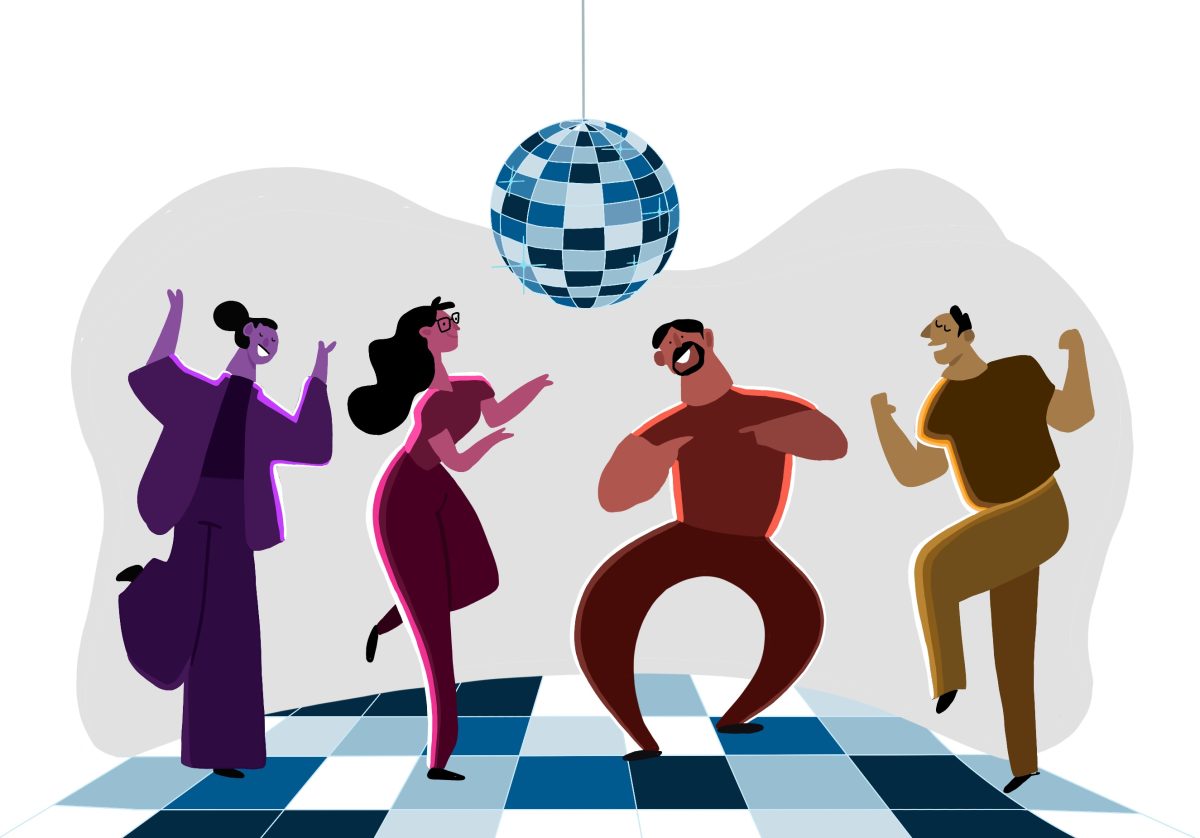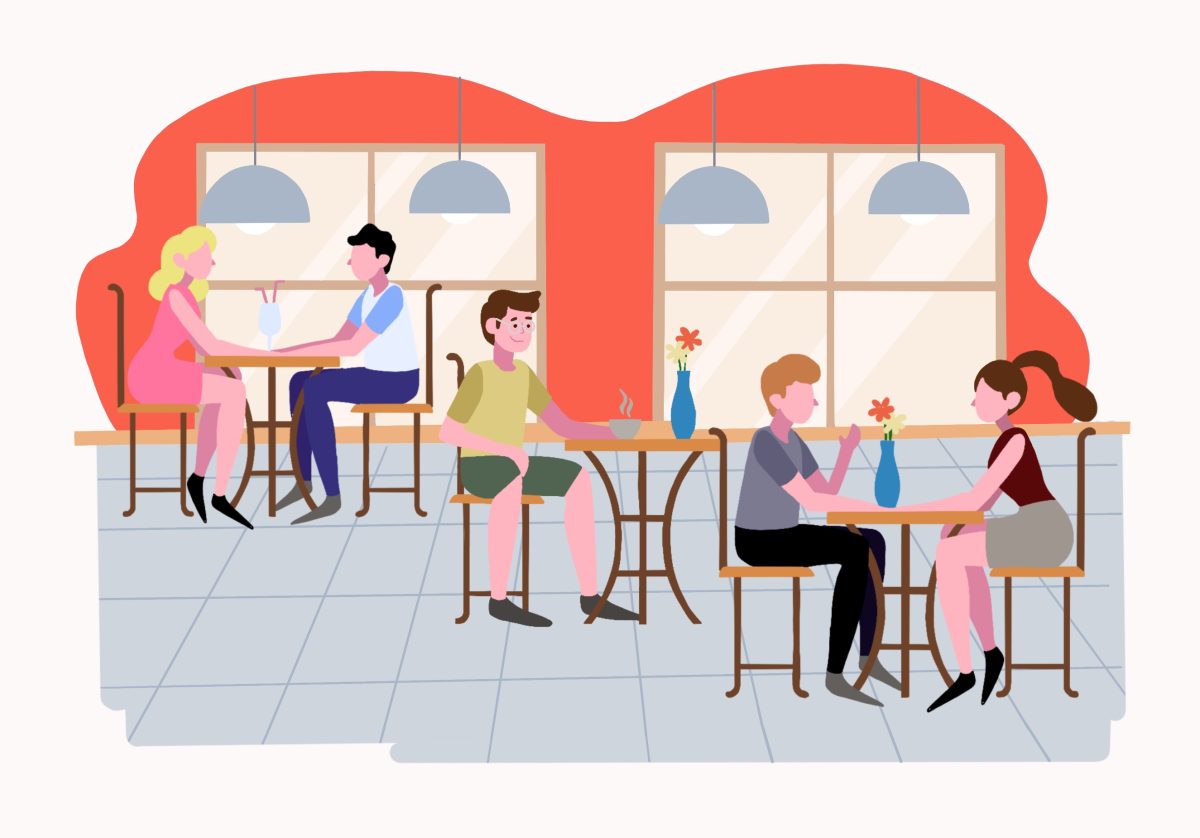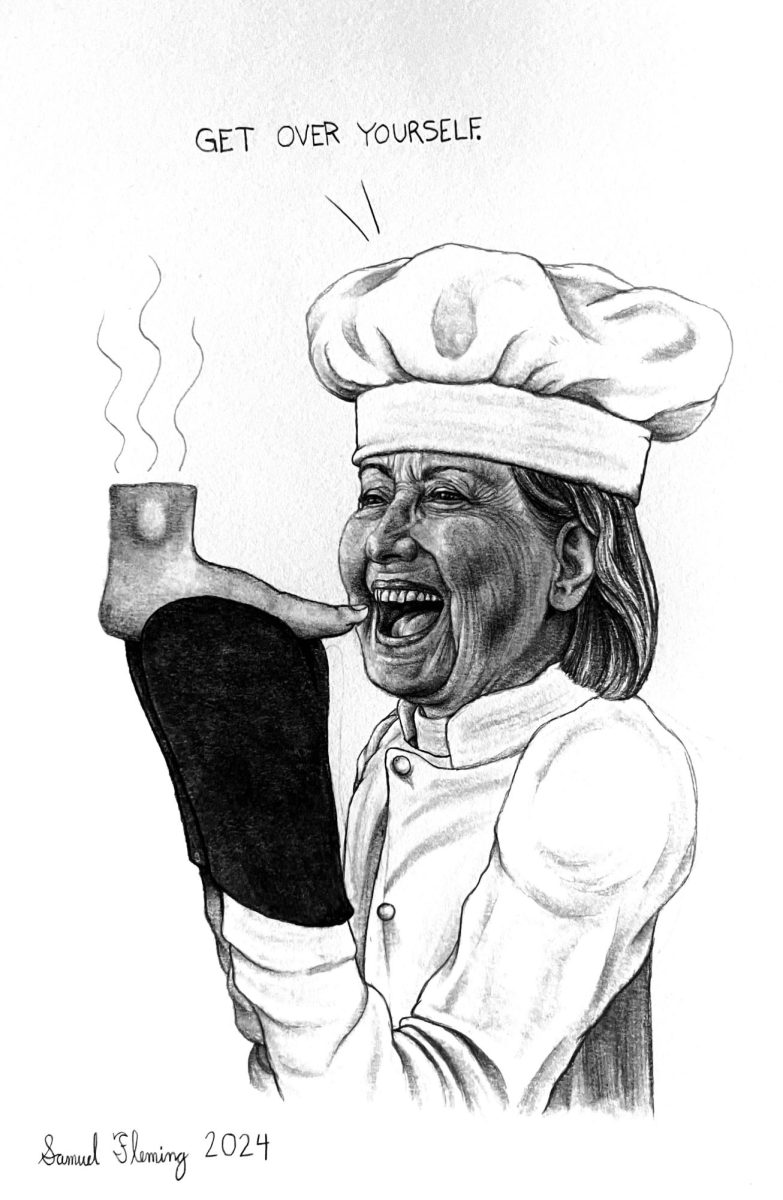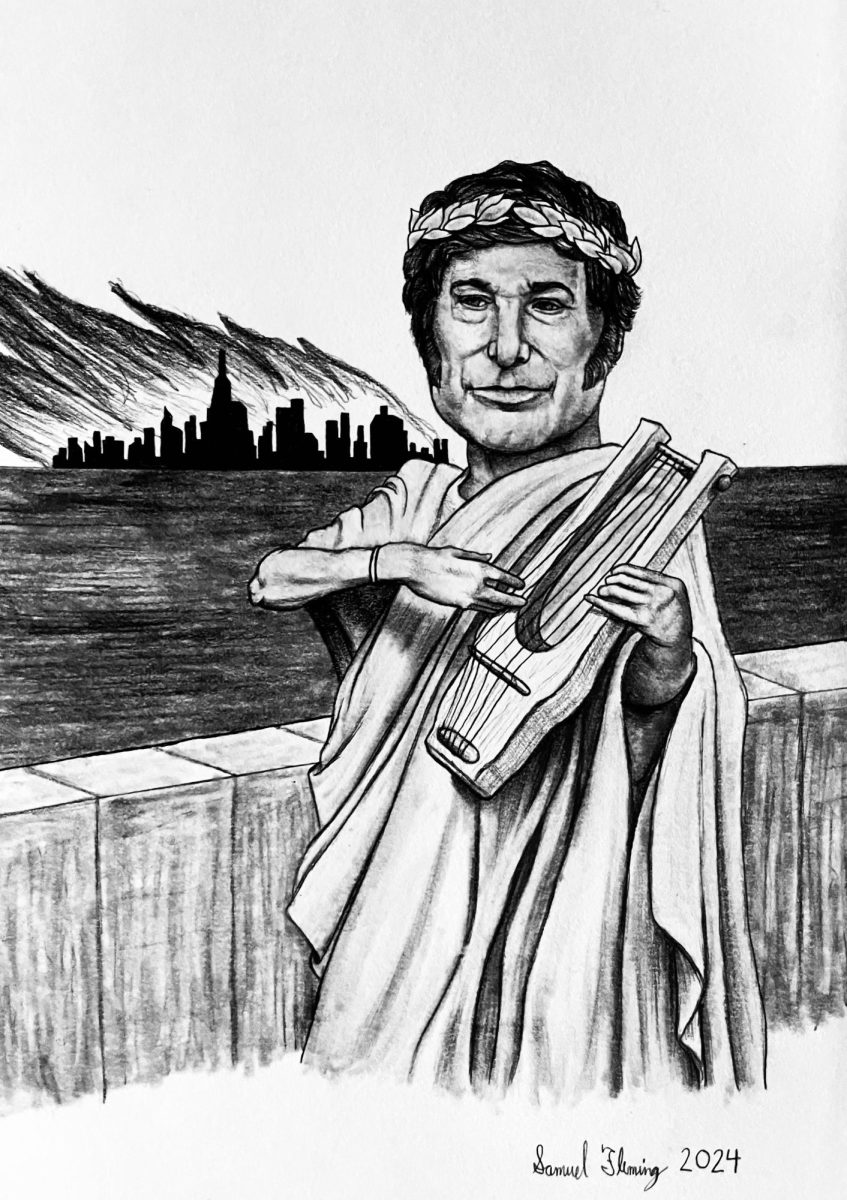Over the past few years, the University of Minnesota campus has endured various small business and neighborhood-staple casualties, leaving behind gravestones of high-rise apartments in their place. When I was a freshman in 2016, I remember vaguely condescending upperclassmen grieving that I would never truly know the excellence of Espresso Expose or the pleasure of Big 10 subs in Stadium Village, both now replaced by the Hub apartment building.
Last year, Dinkytown suffered the loss of Espresso Royale, now Crisp & Green, and Vescio’s Italian Restaurant. Most recent on the University’s death row is Sporty’s in Como — a beloved dive bar that has hosted rowdy nights under various titles and owners since the 1960’s.
Now, a loyal “you had to be there” mentality divides University of Minnesota generations, as these local business relics and their absence uniquely shape overall campus experiences. I remember feeling wronged, as if I agreed to pay the ever-rising out-of-state tuition for the full Twin Cities experience, and when I wasn’t looking they booted essential parts of the neighborhood. It felt like I was owed that ambience of legacy. Hold off on that angry email — I’ll say it: entitlement.
Now, if I want a historic UMN experience, I just toss twenty dollars to the front desk person at FloCo and they scream, “Bob Dylan did poppers in our bathroom.”
On one hand, I’m wary of pulling tradition or meaning from businesses at all. A lot of our student body’s identity lies in its surrounding stores. What does this mean when a lot of these stores are varying sandwich chains?
Ironically, it’s people like me, privileged out-of-state students, coming in by the masses that push these places out. Not directly, though; rather, the expanding student body impacts the surrounding community, its economy and its property value.
Yes, gentrification.
But as the area has widely catered to college students for some time, the population has gradually increased compared to standard gentrification situations. It is always rooted in commercialism. The cyclical turnover of students means a steady transition of economy (e.g. another Starbucks). Student economic activities comprise a substantial amount of the U’s local economic influence, so these changes in setting ostensibly represent a turn in student body taste. Thus, the University landscape has been evolving from the start.
While much of the physical community relics are protected under the historical preservation committee, local businesses can’t operate on nostalgia alone. After all, Bob Dylan couldn’t have been to so many places in such a short period of time.
Sporty’s, however, has deep roots in the community beyond its relation to students. “At its core, Sporty’s is a neighborhood joint,” reads its website. Its sports team sponsorships, charity work and decades of service have filled a niche that has kept customers, employees and owners coming back. I’m sad to see it go but elated its not turning into a ten-story luxury apartment complex. I feel optimistic about what’s next, largely because the incoming Como Tap will be opened by Joe Radaich, the building’s owner, and Jana Kern — two former Sporty’s employees. At the very least, it’s comforting that they’re familiar with how much Sporty’s means to so many people and to the community at large.
Overall, the wave of out-of-business and bought-out restaurants demonstrates the double edged sword of expansion. The more of us that come here to experience Twin Cities-centric culture, the more the emblems of that culture dissolve into lore.
Moving forward, as half-baked twenty-somethings residing in a historic community, we need to understand our social and financial impact on nearby neighborhoods, as well as our genuine place in them. On a broader level, however, community developers have to evaluate what “growth” truly entails regarding both the positive and negative impacts on area neighborhoods. Ideally, the vivid cultural context should coexist with student living.
Increasing transparency of property outcomes and prioritizing existing assets in the community could save a lot of heartbreak. I mean, if Al’s Breakfast ever closes, blood will be shed in the streets of Dinkytown.






















